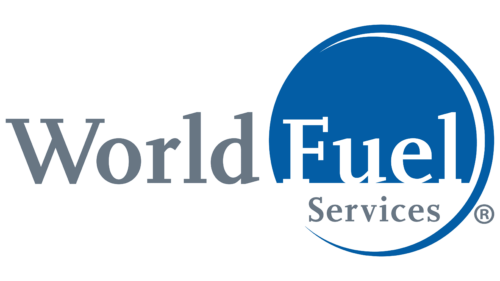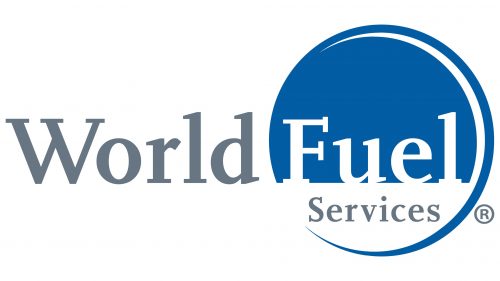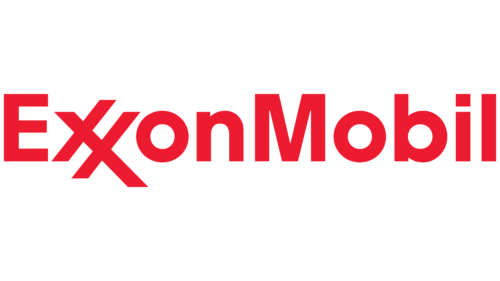World Fuel Services: Brand overview
Founded in 1984, World Fuel Services has become an authority in energy management. Based in Miami, Florida, the company offers a wide range of services, such as fuel delivery and logistics, payment processing, and risk management, to help global customers meet their energy needs. World Fuel Services has been in business for over thirty years and is a trusted energy supplier.
An entrepreneurial initiative by Paul Stebbins and Michael Kasbar led to the formation of World Fuel Services in 1995. Initially operating as marine fuel brokers, the duo quickly expanded into aviation fuel by acquiring Trans-Tec Services. This was a pivotal moment in the company’s growth as it allowed the company to serve a broader customer base.
In recent years, World Fuel Services has expanded its presence through strategic acquisitions and organic expansion. Significant acquisitions such as Multi-Service Technology Solutions, Bunkerfuels, and Global Air Fuel have enabled the company to become a major player in the energy management sector.
World Fuel Services is now recognized as a global leader in energy management. The company operates in more than 200 countries and territories, offering a wide range of services to its customers, which include airlines, marine vessels, and commercial enterprises. By remaining at the forefront of energy solutions, World Fuel Services has strengthened its position in the industry.
The establishment of World Fuel Services in 1984 by Paul Stebbins and Michael Kasbar was a major milestone in the development of the fuel industry.
In 1995, World Fuel Services’ acquisition of Trans-Tec Services marked a significant shift in the fuel industry.
In 2002, the acquisition of Multi-Service Technology Solutions marked a significant expansion of World Fuel Services’ business.
In 2007, World Fuel Services’ acquisition of Bunkerfuels marked a first step in the fuel industry, paving the way for further expansion and success.
In 2011, World Fuel Services’ acquisition of Global Air Fuel significantly expanded its footprint in the aviation industry.
In 2016, Global Infrastructure Partners acquired World Fuel Services, further expanding its influence in the industry.
Meaning and History
1984 – today
Complex but beautiful – these two words can characterize the logo of this American energy company. The design is filled with dynamic energy that powers homes and gadgets. It is encoded in two curved stripes with sharp ends pointing in opposite directions. These stripes form parts of a single circle: the top half is blue, the bottom half white. In the center of the circle is the large word “Fuel,” and below it is the smaller text “Services.” The largest text is “World,” colored gray and located to the left of the circle.
The logo looks like a mini work of art, yet is easy to see. The sinuous lines suggest flowing energy. The big word “Fuel” in the center is sort of the protagonist, and “Services” is sort of a side story but still part of the story. And “World” off to the side as if to say, “Hey, this isn’t just a local problem, it’s a big one!”.
World Fuel Services color codes
| Slate Gray | Hex color: | #687683 |
|---|---|---|
| RGB: | 104 118 131 | |
| CMYK: | 21 10 0 49 | |
| Pantone: | PMS 7544 C |
| Lapis Lazuli | Hex color: | #035da5 |
|---|---|---|
| RGB: | 3 93 165 | |
| CMYK: | 98 44 0 35 | |
| Pantone: | PMS 2945 C |





